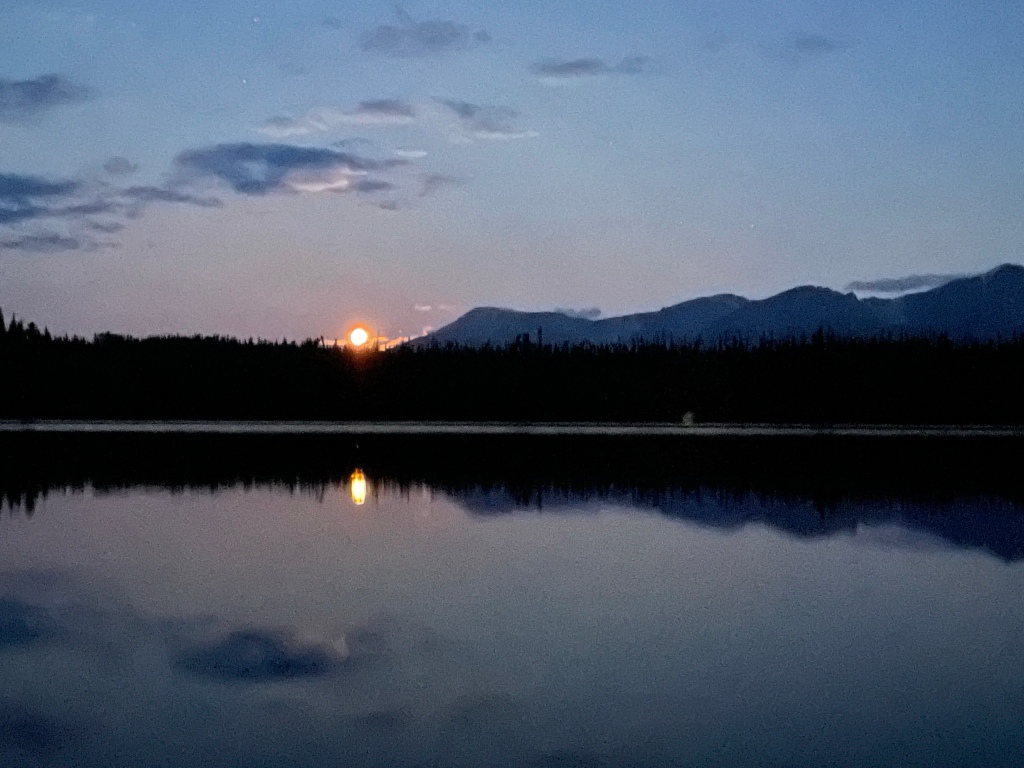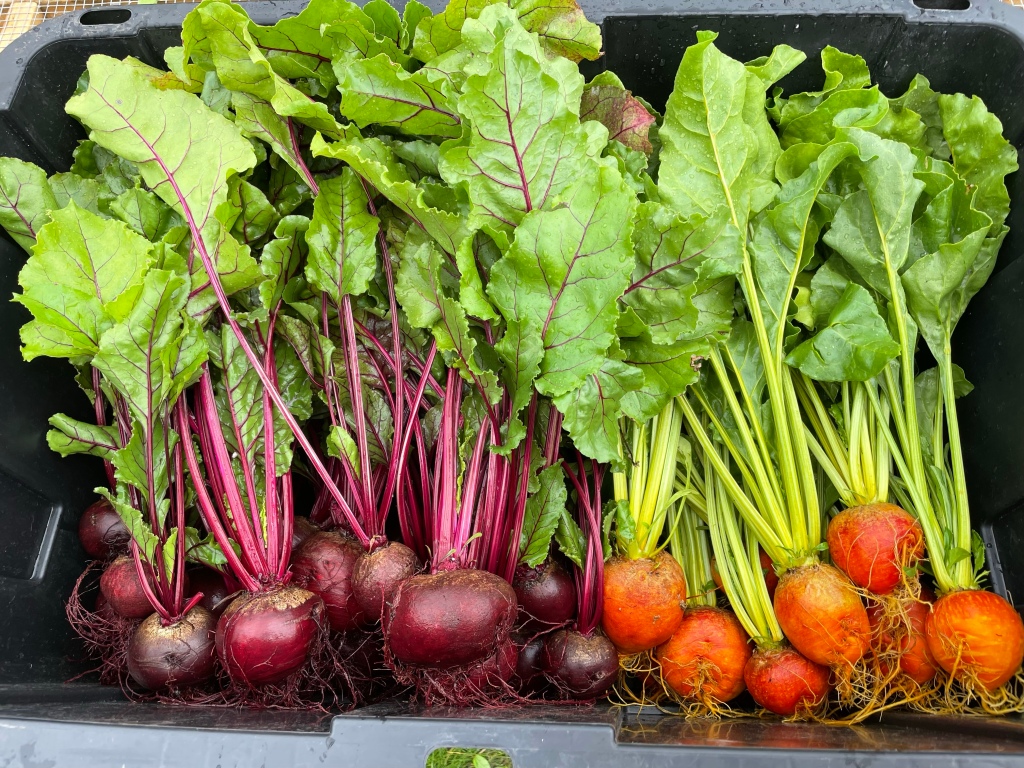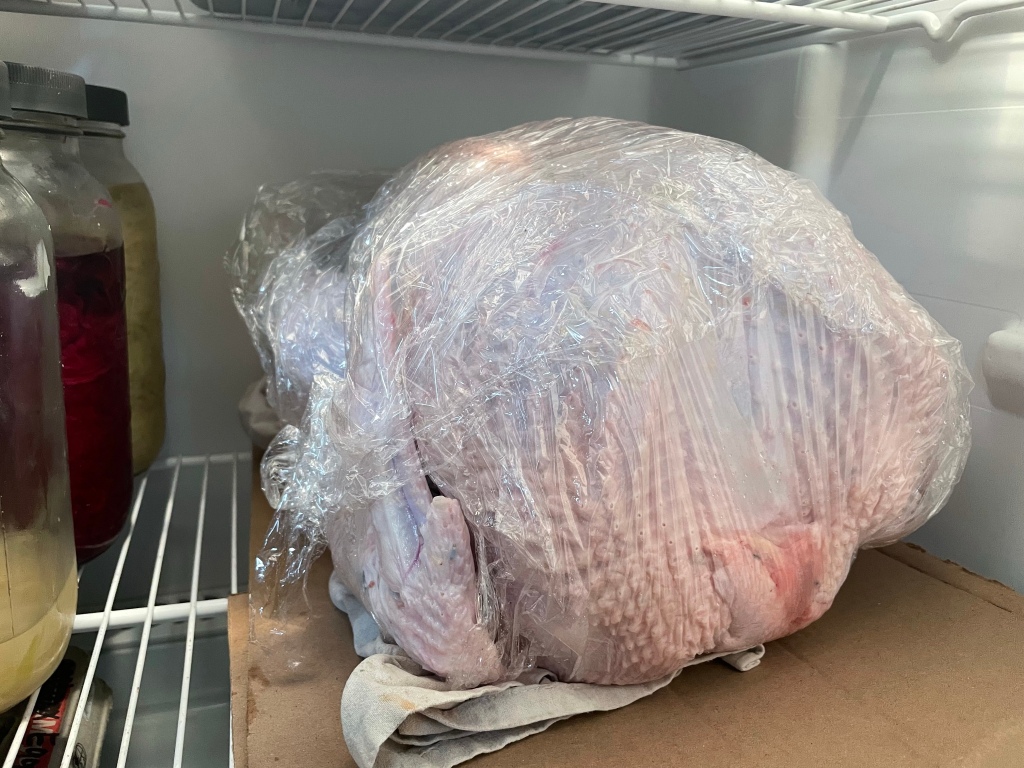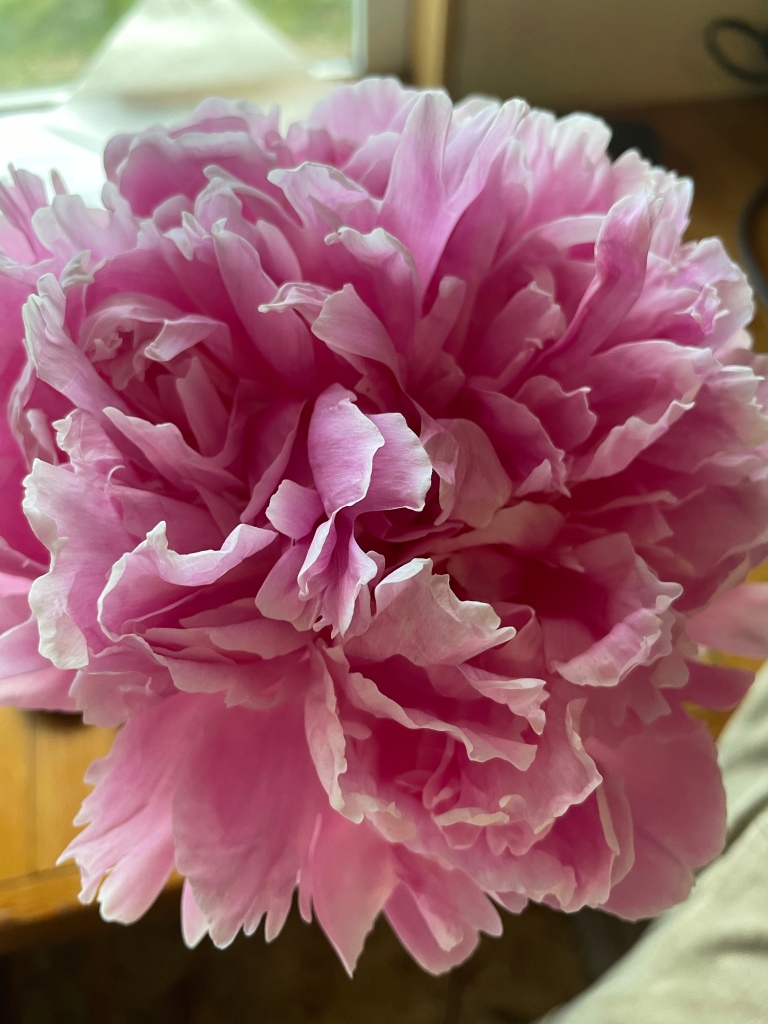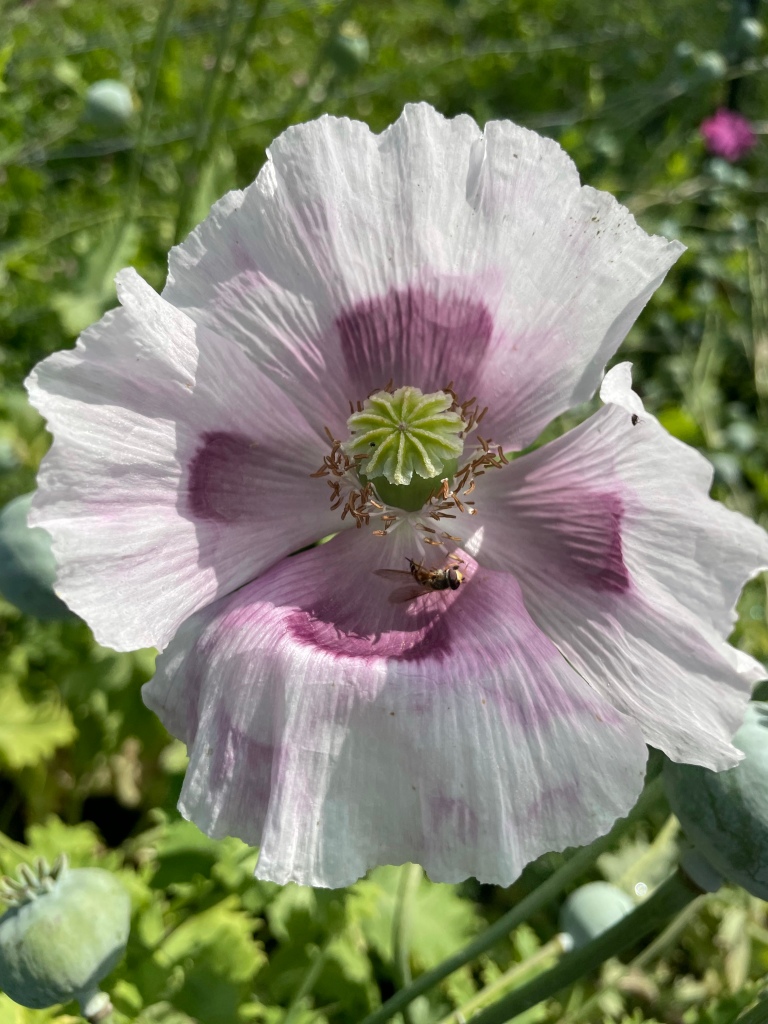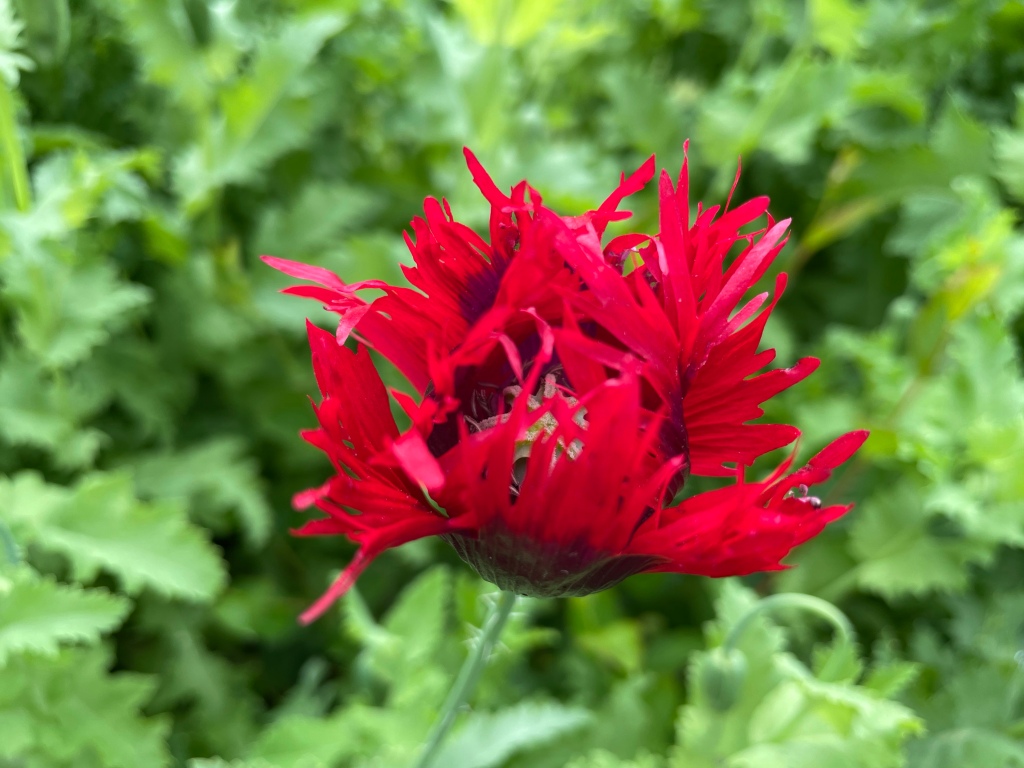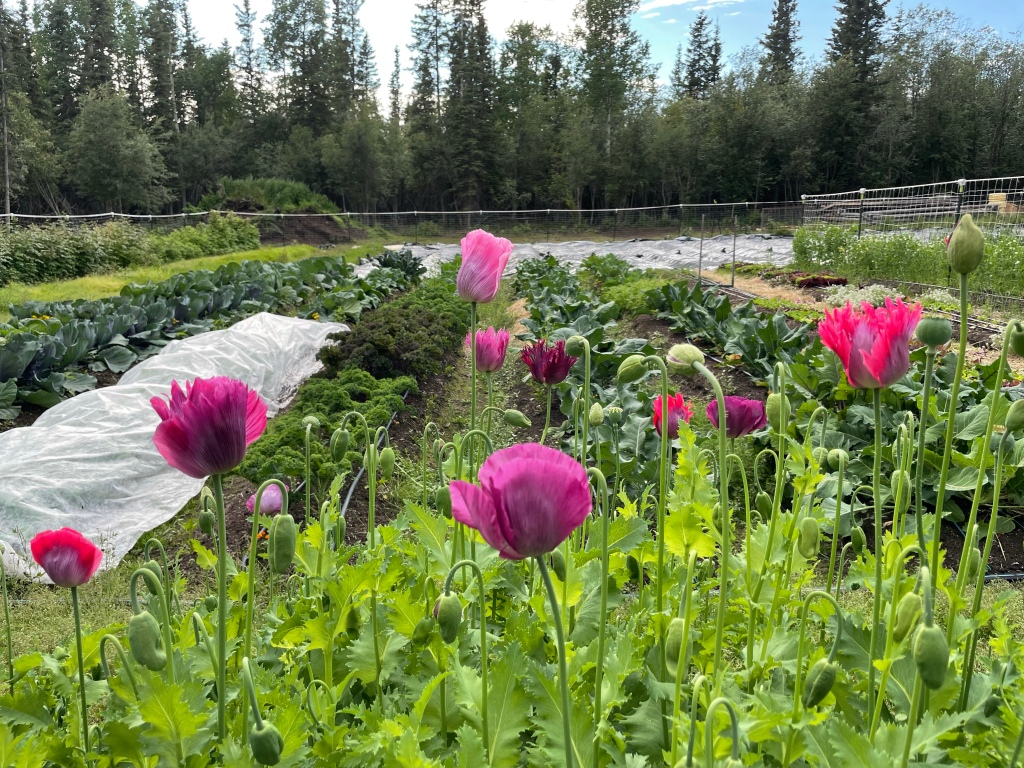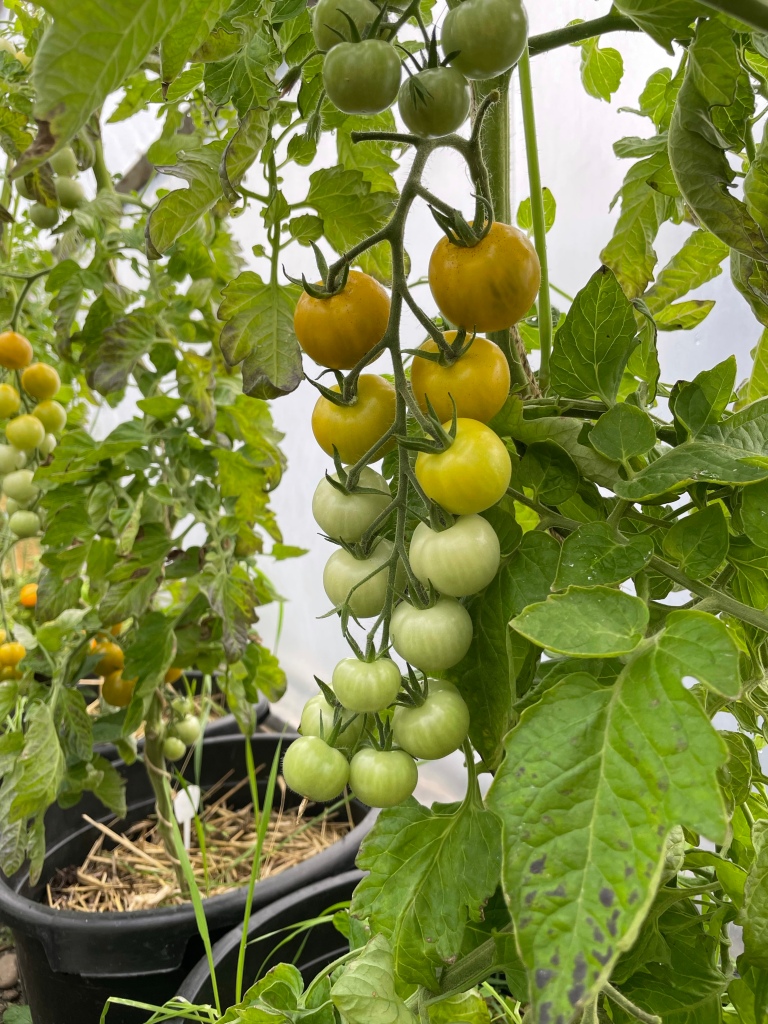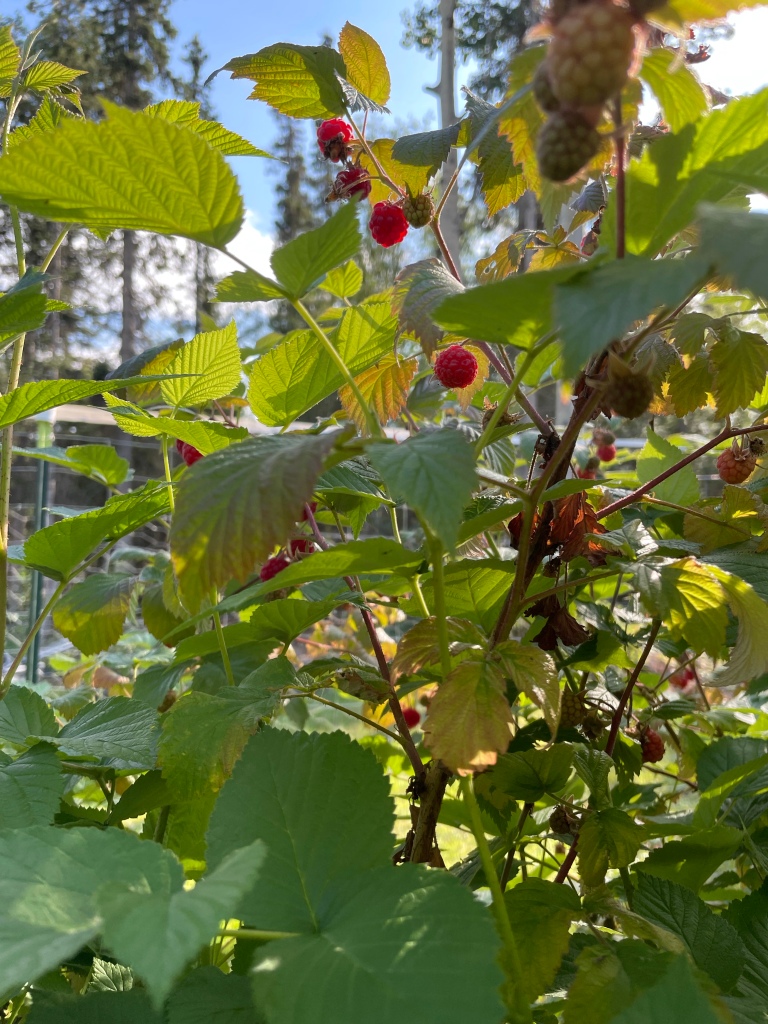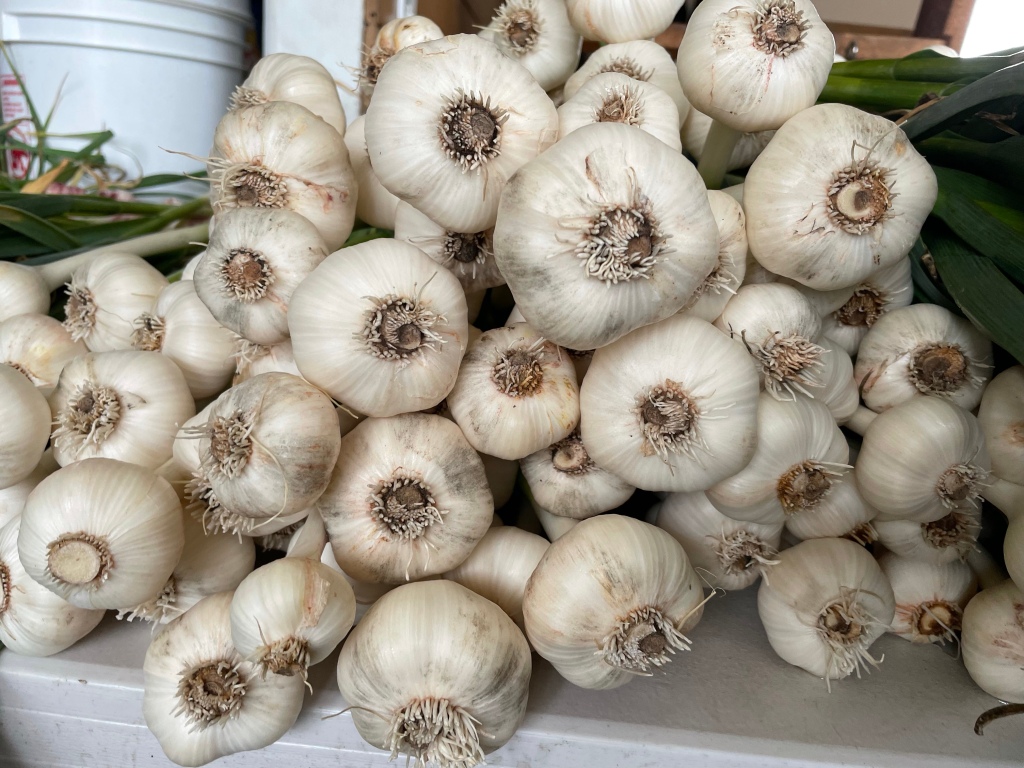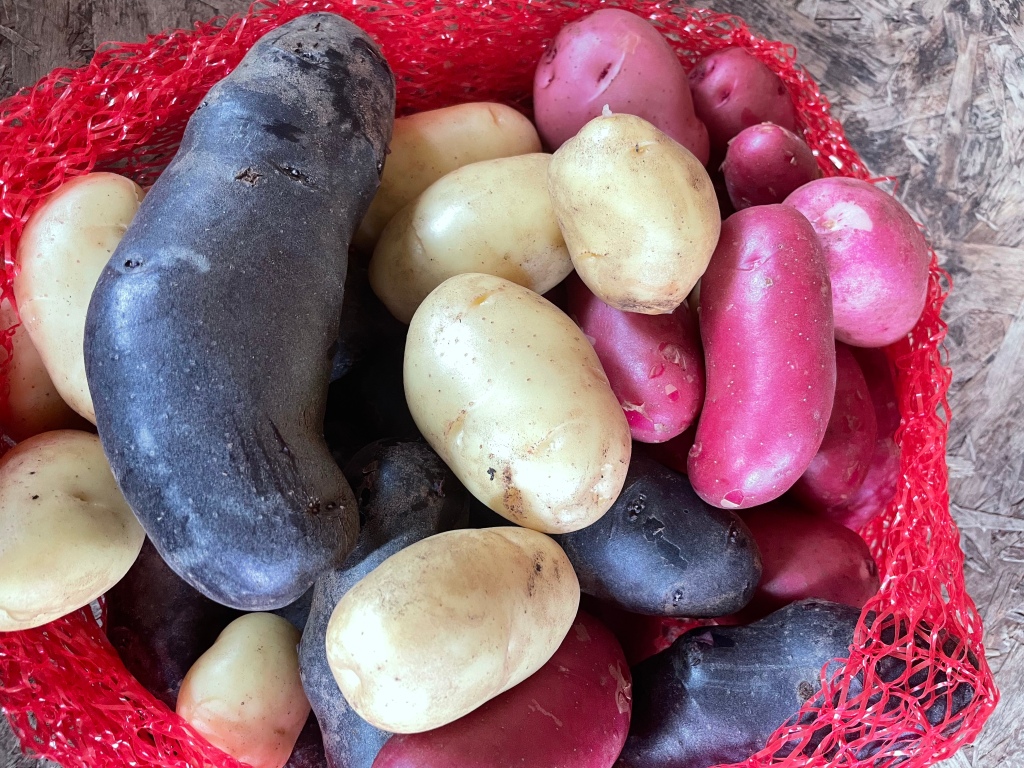September is my favorite month of the year, after March. Both March and September are months of transition, and both contain the spring and fall equinoxes. I wonder if it is the equal duration of the days and nights that I like? Balance after long hectic summer days. Perhaps it is my New England upbringing and childhood memories that provoke happiness at the smell of autumn air. Even after 20 Alaskan summers, I think of apples, apple cider donuts, winter squash and upcoming snowstorms. (Alas, no fresh apple cider or apple cider donuts and only a few winter squash for me in Alaska.) The crisp air is invigorating and that’s a good thing too as there is always so much to do to get ready for winter.

By September the majority of the long season crops have matured, and I find myself playing chicken with the forecast. We often experience a killing frost the last week of August and then have several mild weeks. I have frost blankets, but they only protect up to 5° below 32°. The first half of the month, however, was quite mild, dipping down to 31°or 30° at night and warm during the days. I harvested my carrot crop and sold them. At least the ones not nibbled by voles!
Broccoli, cauliflower, and romanesco were steamed, cooled, and frozen for winter meals. As the month progressed, I pulled the outside tunnel tomatoes to ripen further and green beans to make into dilly beans and put into the freezer.

The potatoes came out the week of the 10th as the vole pressure in my garden this year was so intense, and my crop so much less prolific than usual, I wanted to save what I could. 200 pounds instead of 600 pounds this year.
I had lost hope for my sunflower plants at the end of August, and I am so glad I neglected to cut them down as 30° does not kill them (25° does) and I was treated to beautiful blooms from the second week to just past mid-month.
As much as I wanted to, planned to, meant to, I did not keep up on the weeds for the second half of the summer, so I spent a fair amount of time spot weeding plants about to go to seed. As important as keeping a tidy garden is to me, the weeds are often lowest on the priority list when we are harvesting, processing, starting school, and fixing whatever mechanical entities that decide to act up (it was the generators and irrigation system this year). Based on the past several years of extended falls into October, I hoped I had time to do the bed prep, bed edging, and deep weeding that was neglected in August and the beginning of September.

I was not surprised then to see the forecast of snow last week just for the time period when I planned to “catch up”. Most of my harvest was out of the ground already, but the garlic was not yet in and that project, not weeding, is what took precedence in the days leading up to the first September snowstorm on the 21st. Keeping my fingers crossed for a big rain and not snow, the kids and I took down the pea trellis on the 19th and removed the pea plants where I planned to plant the garlic. I like to precede garlic with a crop that fixes nitrogen in the soil. Rhizobium bacteria and the legumes (peas, beans etc.) with which they have a symbiotic relationship, form nodules on the roots of nitrogen that the bacteria pull out of the atmosphere. Free fertilizer! Garlic is an intensely heavy feeder, so it gets the best soil and a lot of extras. I cut the pea plants just below soil level so that the nitrogen on the roots will be available to the garlic next season. On the 20th while the kids managed their classes independently, I got started. This is the first year that my entire planting is from my own garlic harvest. The cloves have been drying down since their August 18 harvest, first hanging from rafters in the Strelna Cabin, and then as trimmed cloves on racks in the pantry. It took me a couple of hours to crack all the garlic cloves apart. Finally with the finished product of 400 large cloves in labeled buckets I went outside and weeded, added compost, kelp, bloodmeal, and colloidal phosphate, broad forked, and raked the bed smooth. Using a homemade dibble, I marked 400 holes in four 50’ rows three inches deep. Finally, I was ready to plant! The garlic cloves went in just as it started to rain. By the time the bed was once again raked smooth and then covered with all the straw I could find, it was nearly dark and the rain was really coming down. I cut down all the fall storage cabbages and hauled them to the house just before nightfall. By morning there was a couple of inches of snow on the ground with more coming down but at least the garlic was in!
I almost got caught up with vegetable processing and neglected housework while the two back-to-back snowstorms turned our dry brown, green, and gold surroundings into a white, blue, and gold landscape. It is not often that we have so much snow when the leaves are still on the trees and the lakes are not yet covered in ice. The breathtaking beauty of it all was almost worth the finger aching cold of attempting plant debris removal and brussels sprout harvest from the garden in the snow.
Between snow storms, I moved soil piles (to where they were supposed to be spread months ago) and weeded in the garden until the ground froze. As soon as the outside air temperature warmed up into the mid 40s after the storm, I emptied the greenhouse of everything except the freeze tolerant lettuces. Bowls of cucumbers, sweet peppers and tomatoes as well as potted hot peppers and 5 tomato plants came inside to finish up much to the delight of the cats, who like to hide in the jungle.

I spent yesterday canning pickled peppers.
And stringing up hot peppers to dry.

In the cleared greenhouse space, I am now collecting the materials I need to make seed starting soil for the spring: perlite, peat, soil, compost. I need to mix up 10 batches with my cement mixer to be ready for spring seedlings. The third snow of the season is currently coming down today, the last day of September. But when the sun came out, I screened the compost I need for the seedling soil. It almost felt warm in the afternoon sunlight. I already hauled in the soil so now I just need bales of peat from town. I might actually get it done!

From my garden to yours, I wish you a happy fall of harvesting, processing, and eating. And enjoy the best part of winter coming up, which is of course, planning next year’s garden!



















